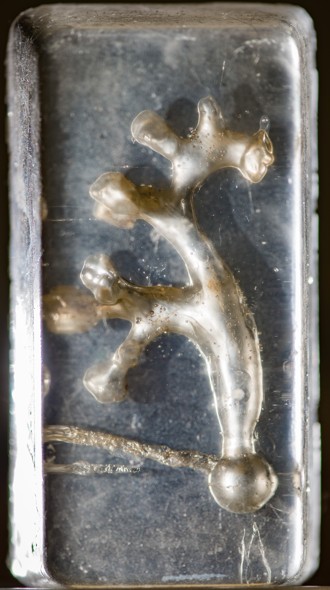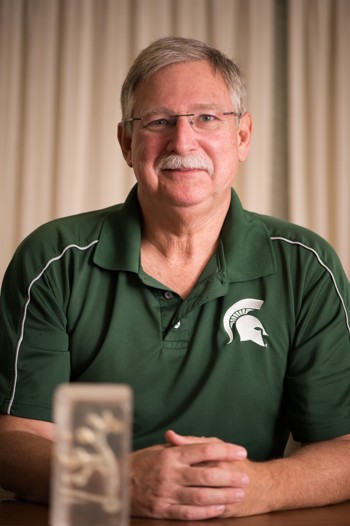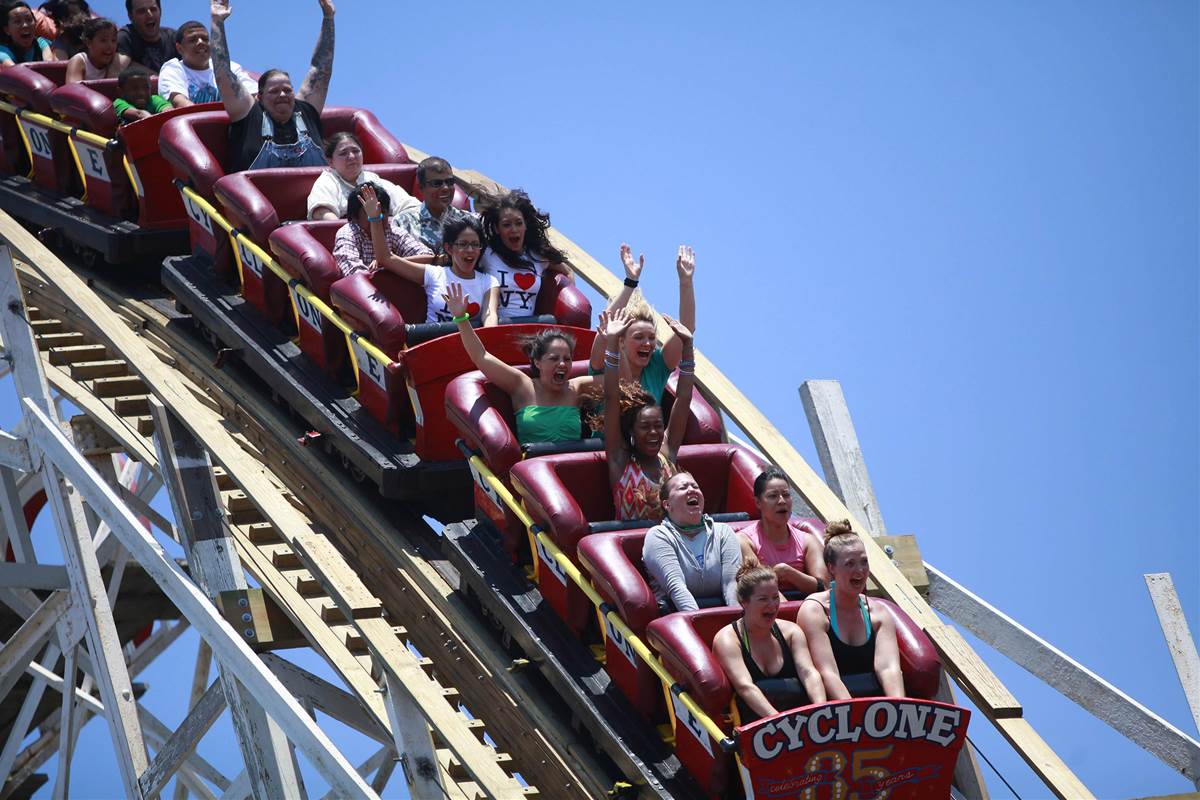A groundbreaking and unique homespun experiment reveals that centripetal force – one of which is riding a roller coaster – will likely help a person pass small kidney stones with nearly a 70 percent success rate before they become a serious health-care cost.
Seems too good to be true.

The person who unearthed this amazing fact is Dr. David Wartinger. Wartinger is an osteopathic urological surgeon and a professor emeritus at Michigan State University, College of Osteopathic Medicine. He recently confirmed that a whirl on one of those head-whipping rides is sometimes all it takes to pass a kidney stone.
East Lansing, Michigan, becomes a ghost town during spring break because most of the families head south for a theme park in Orlando. When they return, Wartinger notices that aside from sunburns and disposed incomes, they also come home with fewer kidney stones.

Wartinger heard stories from patients with a scourge of kidney stones then went to Disney World and returned with fewer kidney stones. However, he didn’t think the two were correlated until one man recounted his experience with the Disney’s Magic Kingdom’s Thunder Mountain Railroad.
The man rode the ride, and passed a small stone. Then he rode it again. And passed another stone. And then another!
Therefore, if there’s a way to make people pass stones while they were still small, the potential benefits could be enormous.
“That was just too powerful to ignore,” Wartinger told The Atlantic. “I’d been hearing these anecdotal stories for a couple of years, and then I thought, okay, there’s really something here.”
For years in practice, Wartinger noticed anecdotal reports from more people about their experiences accidentally passing stones; he realized they had all ridden Thunder Mountain.
Wartinger piled up people’s stories, and he realized that the common factor was having ridden Big Thunder Mountain Railroad.
He found anecdotal reports of people passing stones after bungee jumping, but no research on this bodily-movement approach. So he decided to take things into his own hands and conducted a proper study.
First, Wartinger used a 3-D printer to create a clear silicone model or replica of that three-time-stone-Thunder-Mountain- patient’s kidney. He then filled the kidney with fake stones and his very own real urine. Then he and colleague Dr. Marc Mitchell bought two tickets and flew to Orlando. They packed their fake kidney in a backpack with a plan to hold it between them on the ride.
“Our model duplicates the hollow spaces that are in the human kidney,” Wartinger said. “The human kidney is the size of a fist and has passageways like branches on a tree. It’s in these passageways that kidneys form stones.”

Of course, the researchers had to get permission from Disney World before bringing the model kidney onto the rides. “It was a little bit of luck,” Wartinger recalls. “We went to guest services, and we didn’t want them to wonder what was going on—two adult men riding the same ride again and again, carrying a backpack. We told them what our intent was, and it turned out that the manager that day was a person who recently had a kidney stone. He called the ride manager and said, do whatever you can to help these guys, they’re trying to help people with kidney stones.”
The two held the backpack between them “at kidney height.” This is to try and replicate the position of the kidney. A stone was counted as “passed” if it moved from a starting location lodged in a calyx and fell down into a trap at the point where the kidney meets the ureters. None of the stones or fluid actually spilled out during the roller coaster ride.
So they proceeded to conduct very serious doctor science work.
Other parks, Wartinger says, “have reacted anywhere from indifferent to really not sure what to do with us.”

“What was amazing was within just a few rides it became obvious that there was a huge difference in passage rates whether you sat in the front or the rear of the coaster,” Wartinger said. “There was a lot more whipping around in that rear car.”
They found that due to the centripetal force of the ride, the small stones passed 63.89% while they were in the back of the coaster. When they were in front, the passage rate was only 16.67%. That is based on only 60 rides on a single coaster.
Wartinger writes in the journal article: “Preliminary study findings support the anecdotal evidence that a ride on a moderate-intensity roller coaster could benefit some patients with small kidney stones.”
Of course, they still need to ensure that this discovery is correct. They would need to proceed to a clinical trial with real people and real kidney stones. But, this test suggests that riding roller coasters would definitely make it pass if your stones are 5 mm or smaller.
“Take people with kidney stones and do an ultrasound before the ride and after, and see if the stone moves.”
Now, though, they have done more than 200 total stone rides on Big Thunder Mountain Railroad. But that doesn’t mean it’s the only coaster that could be therapeutic; some rides are going to be more advantageous for some patients than other rides.
There are other kidney designs to consider too, as every person’s calyceal system is different just like a fingerprint. But the idea is that if one rode a variety of roller coasters in a short period of time, that would help pass small stones and lingering remains.
While it may sound silly, this finding matters. Kidney stones could somehow affect one in 10 people at some point in life. It is estimated that around 300,000 people per year suffers from kidney stones. The pain of passing a larger stone is similar to childbirth.
Most stones are small but many linger in the body too long and grow. This is the reason why thousands of people are sent to emergency rooms every year for treatment.
Imagine if you have kidney stones and you really need to take it away? Just go and ride roller coasters and it will surely pass. Aside from the fact that you won’t be in pain, your expenses would dramatically decrease.

